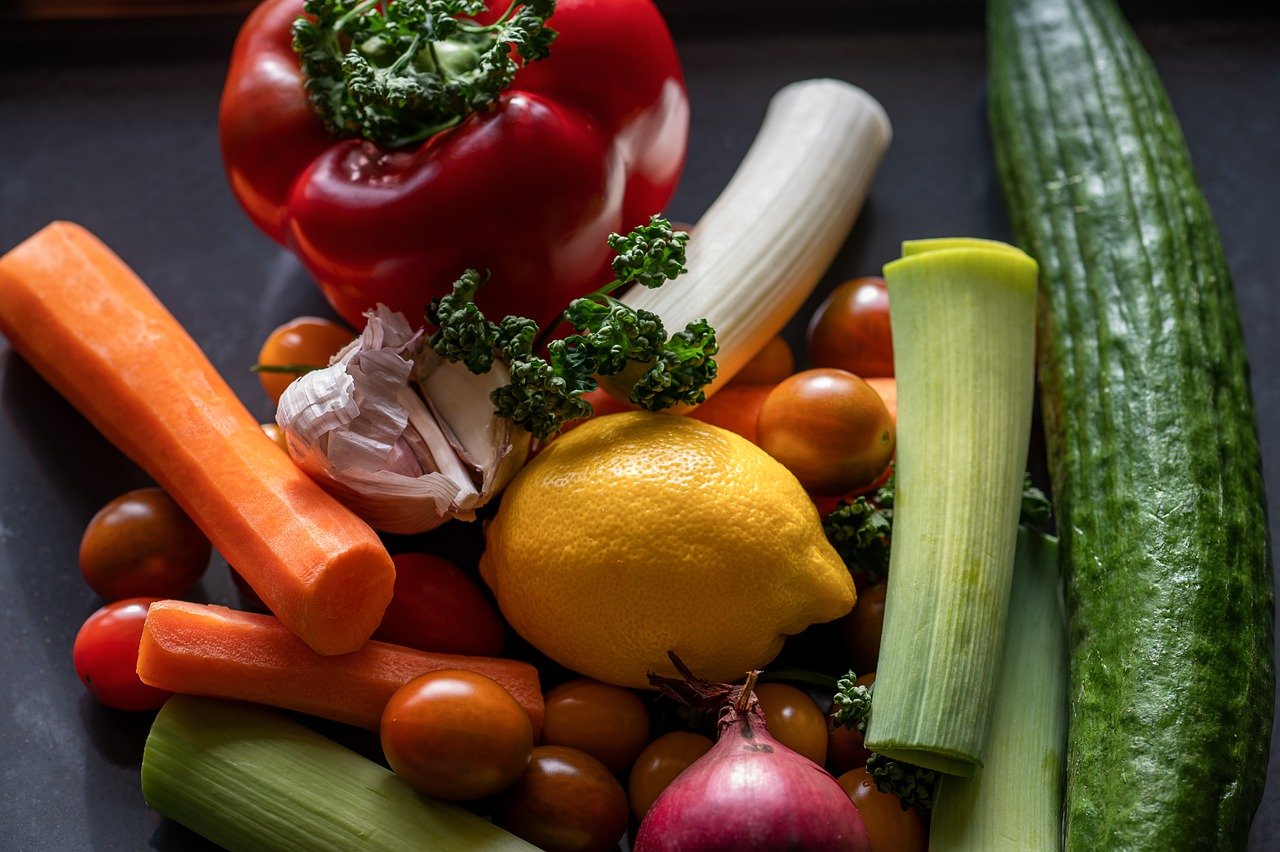Food Allergies: Understanding and Managing Risks
Food allergies can manifest in various ways, with symptoms ranging from mild to severe. Some common signs include hives, itching, swelling, and eczema. These skin reactions can be accompanied by gastrointestinal issues such as nausea, vomiting, abdominal pain, and diarrhea. In more severe cases, an allergic reaction to food can lead to life-threatening symptoms like difficulty breathing, swelling of the throat, and a drop in blood pressure.
It’s also important to be aware of less common symptoms of food allergies, which can include nasal congestion, sneezing, watery eyes, and even behavioral changes in children. The key is to pay attention to any unusual or recurring symptoms that occur shortly after consuming a particular food. If you suspect a food allergy, it’s crucial to seek medical advice to get a proper diagnosis and develop an appropriate management plan.
Common Food Allergens to Look Out For
If you suspect you have a food allergy, it’s important to be aware of the common food allergens that could trigger a reaction. One of the most prevalent allergens is peanuts, affecting a significant number of individuals worldwide. Symptoms can range from mild to severe, with reactions like hives, swelling, or anaphylaxis in extreme cases. It’s crucial to scrutinize food labels and ask about ingredients when dining out to avoid accidental exposure.
Another common food allergen is dairy, which encompasses milk, cheese, and other dairy products. Dairy allergies can lead to digestive issues like bloating, diarrhea, or even respiratory problems such as wheezing. For those with a dairy allergy, alternatives like soy or almond milk can be suitable replacements in their diet. Being cautious and knowledgeable about these common food allergens can help individuals manage their allergies more effectively and prevent potentially life-threatening situations.
What are the most common signs and symptoms of food allergies?
Common signs and symptoms of food allergies include hives, itching, swelling, difficulty breathing, nausea, vomiting, and diarrhea.
Which foods are the most common allergens to look out for?
The most common food allergens include peanuts, tree nuts, milk, eggs, soy, wheat, fish, and shellfish.
How can I determine if I have a food allergy?
If you suspect you have a food allergy, it is important to consult with a healthcare provider who can perform allergy testing to accurately diagnose your condition.
Can food allergies be life-threatening?
Yes, food allergies can be life-threatening, especially if the allergic reaction leads to anaphylaxis. It is important to always carry an epinephrine auto-injector if you have a known food allergy.
How can I manage food allergies in my daily life?
Managing food allergies involves avoiding trigger foods, reading food labels carefully, informing restaurant staff about your allergies, and always being prepared with emergency medication.





